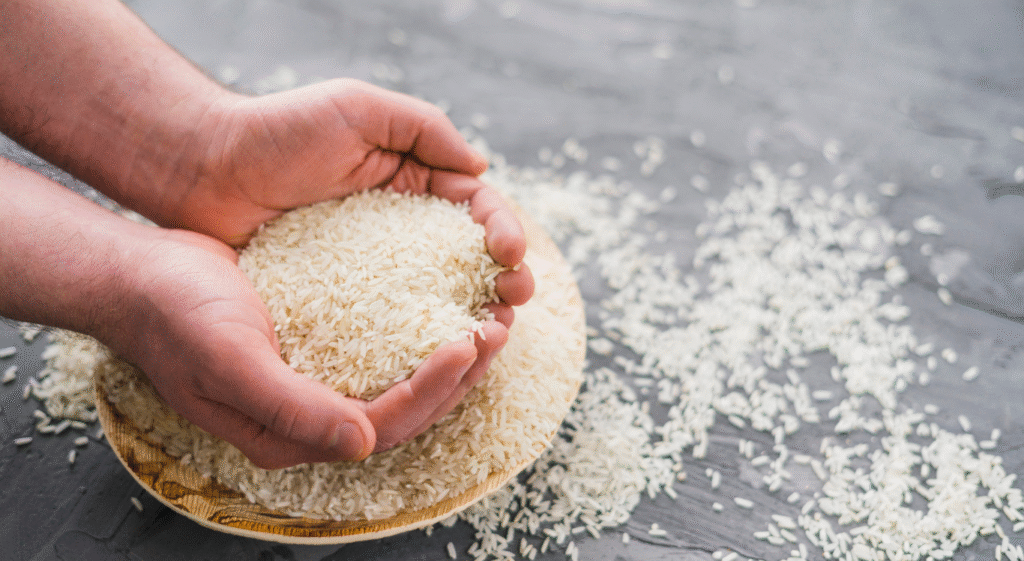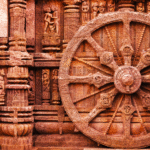Papad is one of the most loved snacks in Indian households. It is eaten with meals or as a crispy evening bite. Traditionally, making papad was a manual process where women used to prepare the dough, roll it by hand, and dry it under the sun. With the changing times and the rise in demand, rice papad making machines have become an essential tool for small-scale businesses and food industries.
A rice papad making machine is designed to prepare papads in bulk without much manual effort. It saves time, ensures uniform size, and maintains hygiene. The machine can handle the process of dough kneading, sheet making, cutting, and drying assistance. With different models available, these machines can serve both household-scale and industrial-scale production.
The demand for rice papad has increased not just in India but also in international markets. That’s why many entrepreneurs see this as a good business opportunity. The machine not only helps in mass production but also reduces the labor cost.
Thus, investing in a rice papad making machine is both practical and profitable for anyone interested in starting or expanding a food processing unit.
Features of Rice Papad Making Machine
The rice papad making machine comes with several useful features that make it stand out in the food industry. One of the key features is automation. Most machines are semi-automatic or fully automatic, which means less manual effort and faster production.
Another important feature is uniform thickness and shape. While handmade papads may vary in size, machines ensure every piece looks and tastes the same. This is important for maintaining product quality, especially in business.
The machine is usually made of stainless steel, which ensures durability and hygiene. Since papad is a food product, using stainless steel prevents contamination and keeps the product safe.
Modern machines are designed to be easy to operate. Even a person without technical knowledge can handle them after short training. They also come with low maintenance requirements, making them cost-effective.
Some advanced models also include temperature control systems, which help in drying papads properly. Depending on the capacity, machines can produce anywhere from 1000 to 10,000 papads per day.
Overall, the features of the rice papad making machine make it suitable for home entrepreneurs, small units, and large factories.
Working of Rice Papad Making Machine
The rice papad making machine works in simple steps. First, rice flour is mixed with water and spices to prepare the dough. The machine kneads the dough uniformly, ensuring consistency. Next, the dough passes through rollers, which flatten it into thin sheets.
After this, a cutter gives shape to the papads—round or customized. Finally, the papads are collected and kept for drying. Some machines also provide semi-drying assistance with heat control. This entire process takes only a few minutes compared to manual preparation, which can take hours.
Benefits of Using Rice Papad Making Machine
The biggest benefit of the rice papad making machine is time-saving. What used to take hours can now be done in minutes. It also ensures hygiene, as there is less human touch in the process.
For business owners, the machine offers higher production capacity, meaning more profit in less time. It reduces the need for labor, making operations cost-effective. Uniform quality and long durability of machines add further value.
Types of Rice Papad Making Machine
There are mainly three types of rice papad making machines—manual, semi-automatic, and fully automatic. Manual machines are low-cost but require human effort. Semi-automatic machines balance cost and speed, making them popular for small businesses.
Fully automatic machines are best for large-scale industries. They handle everything from dough preparation to cutting, with minimal supervision. Choosing the right machine depends on budget, space, and production requirements.
Tips for Buying Rice Papad Making Machine
If you are planning to start a papad-making business, choosing the right machine is very important. First, decide the scale of production. If you want to make papads for local shops, a semi-automatic machine with medium capacity will be enough. For large production and export, fully automatic machines are better.
Second, check the material of the machine. Always prefer stainless steel machines as they are durable and safe for food. Third, consider the capacity per hour or per day. Some machines can produce 1000 papads daily, while others can go beyond 10,000.
It is also important to check the after-sales service and warranty offered by the supplier. Good service ensures smooth functioning in the long run. Also, compare prices and reviews before making a purchase.
Lastly, look for energy-efficient machines that consume less electricity, as this will reduce your production cost. By keeping these tips in mind, you can choose the right rice papad making machine for your business.



